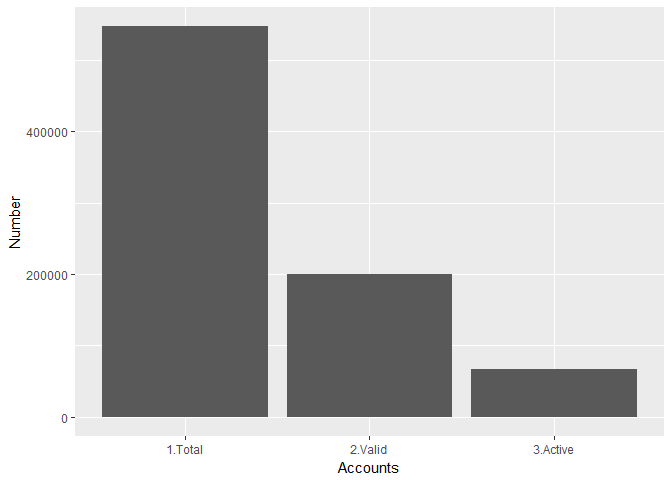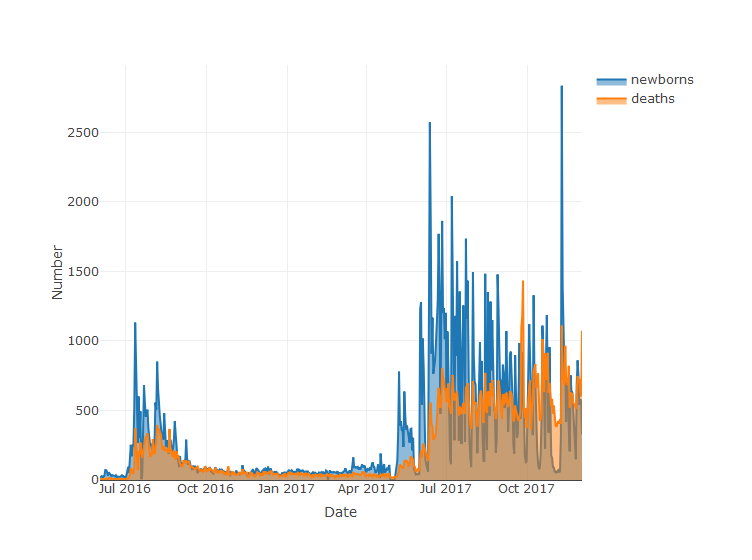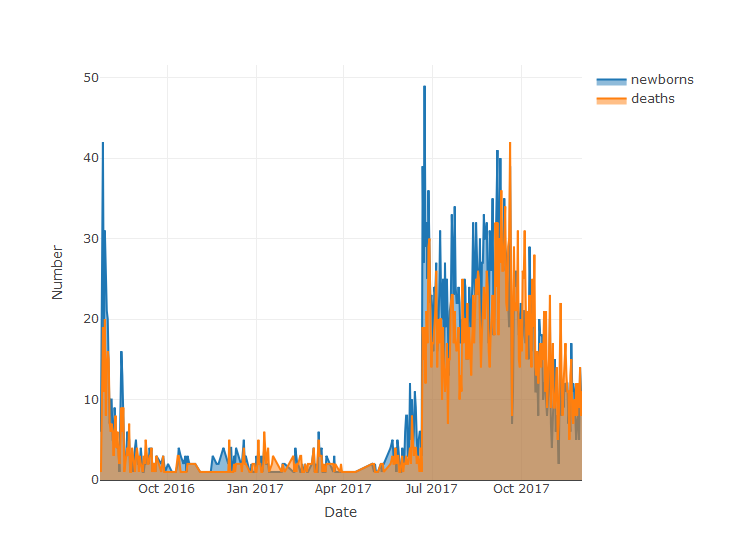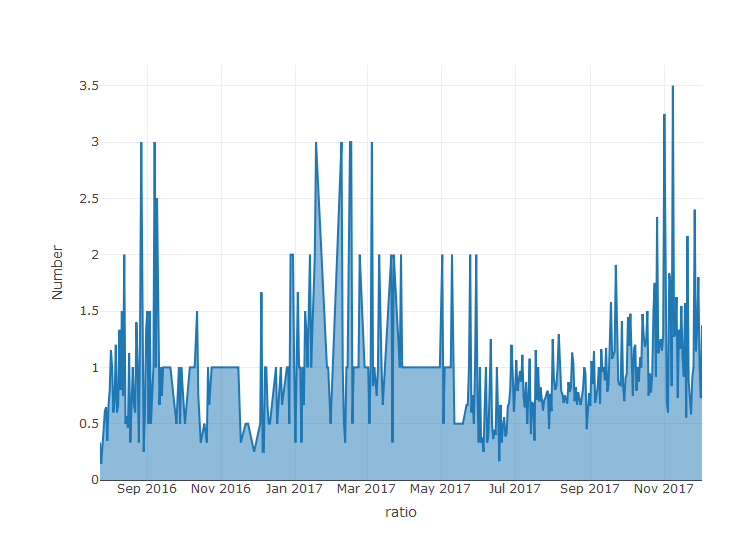Strangers say hello while friends say goodbye. This is what we see everyday in real life. So do we on Steem.
New users come to steem, as well as old users leave. So far (by 2018-01-02), there are in total 547,027 users, whom we call steemians or steemers. However, it does not necessarily mean that you can make as many friends here. Some of them are bots, --- well, you could make friends with bots if you'd like to, --- some users are hibernating, and some are even dead.
Thus, how many of them are really active on Steem? How many users have left Steem already? How many potential friends are you really able to make on Steem?
In this article, I presented the analysis on the lost users on steem, especially in CN category as a case study.
Methods
The data of the accounts were obtained from steemsql database[1] with the following query:
SELECT name, created, post_count, last_post
FROM Accounts order
by created
The data of the posts were obtained with the following query:
SELECT author
FROM Comments
WHERE title <> ''
The data of the posts in CN category were obtained with the following query:
SELECT author, created
FROM Comments
WHERE json_metadata like '%\"cn\"%' AND title <>''
Subsequently the data were analyzed using R language (R Core Team 2016).
Results and discussions
The entire site
Many accounts never ever post a single blog. As the slogan of Steemit used to be Blog and Get Paid, we suppose that an account who has posted at least one blog is a valid account. Thus, 200,177 accounts, i.e. 37 % of all the accounts, are valid ones. The rest 63 % either keep silent, or only reply and vote.
Three months ago I wrote in a post in Chinese that only 33 % were valid. Now it is good to see that the percentage has significantly increased.
Let's see how many users are inactive among the valid users. We suppose a user who has not posted a single blog in the recent one month is a lost user. In total, 132,851 are lost, i.e. 24 % of the total account on steem, or 66 % of the valid users. These numbers are greater than those calculated three months ago, when 21% of the total account or 63% of the valid users were lost.

The trend of lost users
Every day new users sign up, while lost users post their 'last' blogs. The latter might return someday, but you never know. For short, let's call them 'new-borns' and 'deaths', respectively. No offense. The deaths could come back to life in the future.
The following figure shows the daily number of the new-borns (in blue) and that of the deaths (in orange). Shortly after the beginning of Steem there was the first peak in both the new-borns and deaths around August 2016. An ice age followed from October 2016 to May 2017, when the number of new-borns was equally that of the deaths. After that the second peak came and lasted until now. The maximum daily sign-up number was over 2500 accounts, while the maximum daily dead number was close to 1500 accounts. Recently the new sign-up number is slightly decreasing, and the dead number is nearly stable, indicating that the active accounts are technically decreasing.

Case study: CN category
Nearly 1.2 billion people (around 16% of the world's population) speak Chinese as their first language [2]. Thus, there is a huge potential market of Steem in Chinese users.
On Steem, CN is a category with posts written in Chinese, or posts about China or Chinese. Using the similar methods, let's see what has been going on in CN category.
Which accounts are the valid accounts in CN category? We suppose that an account who has posted at least one blog with CN tag is a CN-valid account. Thus, there were 4073 CN accounts by the end of November 2017. It was only 2% of the valid account in the entire steem.
Among them, 3541 accounts have not posted in the recent one month. Using the previous definition of 'lost steemians', 87 % CN-valid users are lost in total. This percentage was 79% three months ago.
Let's see the daily trend. Similar to the previous figure, the ones who posted for the first time in CN are described as CN new-borns, and those posted for the last time (so far) are described as CN-deaths. There was a sharp increase in CN-newborns in July 2017, and the number of the CN-newborns were greater than that of the CN-deaths from July to September 2017, when 20 to 50 accounts posted for the first time in CN category everyday. In the recent two months, the number of CN-deaths was slightly greater than CN-newborns.

The following figure shows the daily ratio of CN-deaths to CN-newborns. When the ratio is 1, it means that the active account number is stable. When the ratio is smaller than 1, it means that the CN-community is growing. There was a continuous growing period from June to September 2017. In the recent months, although many new users has come to CN, more users have left. In total, 1960 accounts, i.e. 48% of the CN-valid accounts, posted only one blog in CN category, and has never come back. They were both the CN-newborns and CN-deaths.

Summary and Conclusions
Among the nearlly 550,000 steemians, 37% accounts are valid in posting, and 66% of the valid accounts are lost. Although the price of SBD has dramatically increased recently and many new users are signing up, in the meanwhile many old users are leaving steem or have not come back yet. From my point of view, Steem must improve the attraction to old users, which is more important than that to new users. Maybe a survey for old users about 'Why don't you come back to steem" could explain the reason and provide helpful suggestions for steem's future development.
Regarding the CN category, there has been a rapid growth in new CN users as well as in the loss of old CN users. Besides a survey mentioned above, the CN community might need a comparison with other localized categories such as KR or DEUTSCH so as to figure out some potential problems in the community development.
References
R Core Team. 2016. R: A Language and Environment for Statistical Computing. Vienna, Austria: R Foundation for Statistical Computing. https://www.R-project.org/.
[2]https://en.wikipedia.org/wiki/Chinese_language
Posted on Utopian.io - Rewarding Open Source Contributors
